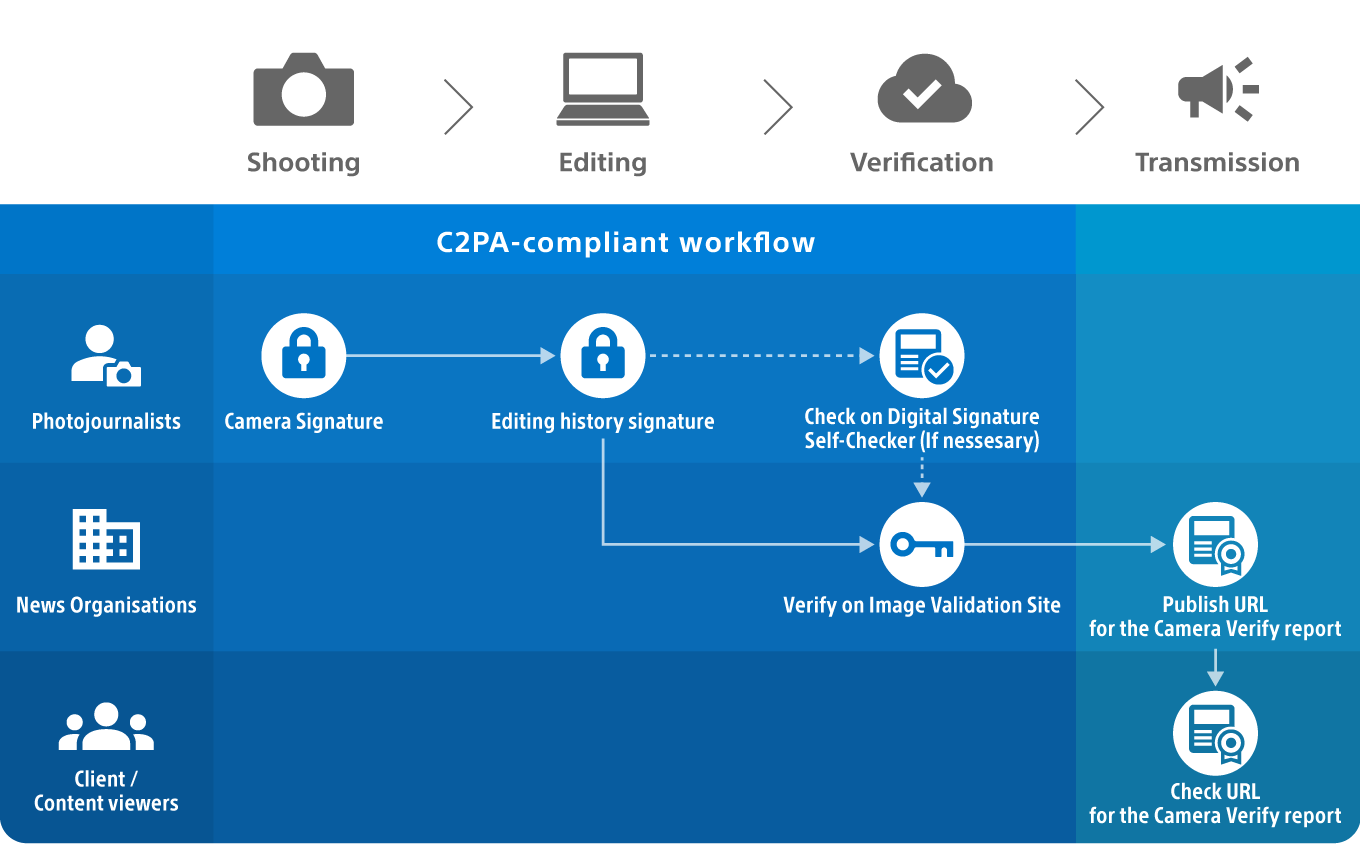SBE: Globalstar MSS ATC Mutually Exclusive with ENG A10 Ops
The Society of Broadcast Engineers sent the FCC an Informal Objection to the Globalstar USA application for Mobile Satellite Service (MSS) Ancillary Terrestrial Component (ATC) stations. SBE argued that TV broadcast auxiliary service (BAS) operations on 2.5 GHz channel A10 (2,483.5-2,500 MHz) and MSS ATC operations (2487.5-2,493 MHz) were mutually exclusive. The FCC is not issuing new licenses for BAS channel A10, but has grandfathered, on a primary basis, BAS stations on channel A10 whose initial applications were filed on or before July 25, 1985.
In the 10 largest markets and Washington D.C. where Globalstar filed to build ATC stations, grandfathered licenses are held by ABC (New York), NBC (Los Angeles), Fox (Los Angeles) and CBS/Viacom (New York, Los Angeles, Chicago, Washington, D.C., San Francisco and Philadelphia). Other licensees affected include Post-Newsweek (Detroit), WGN (Chicago) and KTLA (Los Angeles). SBE explains that channel A10 is used in major metropolitan areas by mobile and itinerant TV pickup stations, whose location continuously varies, and MSS ATC stations are required to protect these operations. "Because it would be impractical for Globalstar to simply shut down its later-in-time ATC operation when an earlier-in-time grandfathered TVPU station needed to operate in the same area, it is clear that for at least seven of the ten largest U.S. cities, the Globalstar ATC application is grossly premature, and must not be granted until such time as grandfathered Channel A10 TV BAS operations have been moved out of 2,483.5-2,500 MHz, " according to SBE.
SBE argues that the Globalstar application is "fundamentally flawed and un-grantable until TV BAS operations have first been cleared from 2,483.5-2,500 MHz." In its application, Globalstar outlined out how it would protect the Radio Astronomy Service; the Radio-Navigation-Satellite/Aeronautical Radio-Navigation Services; the Table Mountain Radio Receiving Zone at Boulder County; the National Radio Astronomy Observatories at Green Bank, W.V. and Sugar Grove, W.V.; and all FCC Monitoring Stations. Nowhere in its application, according to SBE, does Globalstar mention the existence of co-channel TV BAS Channel A10 operations with co-equal priority and earlier-in-time status. "Perhaps this is because Globalstar realized that TV BAS Channel A10 operations and MSS ATC are mutually exclusive, and that there can be no successful frequency coordination between fundamentally incompatible uses of the same spectrum," according to SBE.
In filings last year, SBE proposed that the three 2.5 GHz TV BAS channels be converted from 16.5-MHz wide channels to 12-MHz wide digital channels, as is being done in the 2 GHz TV BAS band. This would allow the channels to be re-packed into the 2,450-2,486 MHz band, clearing the 2487.5-2,493 MHz band for MSS ATC operations. "This work must be properly coordinated with the 2 GHz transition being done by Nextel and with POFS and LTTS licensees sharing the 2,450-2,483.5 MHz band," according to SBE. Until this work is completed, SBE warns MSS ATC cannot operate in at least seven of the ten largest U.S. cities and would have to restrict any temporary deployment of MSS ATC to areas away from another twenty-two cities with TV BAS Channel A10 operations.
The SBE plan, which is summarized in its Informal Objection to Globalstar's application, seems like a simple solution to the problem. Technically, reconfiguring the 2.5 GHz band TV BAS channels at the same time as the 2 GHz BAS conversion makes sense. The same MPEG digital encoder and IF modulator used for the 2 GHz BAS transmitters will work with the 2.5 GHz RF equipment. This also applies to the receive site IF demodulator and MPEG digital decoder. Of course, the 2.5 GHz upconverter will have to be modified to the new band plan, which could involve modification to mast mounted RF equipment, and some amplifiers and filters may need to be modified for digital operation and the new band plan. Where amplifiers and antennas are shared between the 2.0 GHz and 2.5 GHz bands, as is often the case, once the 2.0 GHz relocation is completed they should work fine at 2.5 GHz.
Unfortunately, while the technical work required to relocate the 2.5 GHz BAS band at the same time as the 2.0 GHz BAS band appears relatively easy, determining who pays for it won't be. Nextel can't be expected to pay for 2.5 GHz relocation and MSS ATC operators won't want to pay for equipment that's part of the 2.0 GHz relocation. The common equipment that makes relocating both bands simultaneously so easy makes it difficult to allocate costs. Because the SBE plan eliminates a potential system killing problem for MSS ATC operators and interference problems for broadcasters, I hope all the parties involved with this can reach an agreement about how the implement the plan.
For additional SBE filings in the MSS proceeding, see the SBE FCC Liaison Committee Filings and Communications page.
The professional video industry's #1 source for news, trends and product and tech information. Sign up below.
